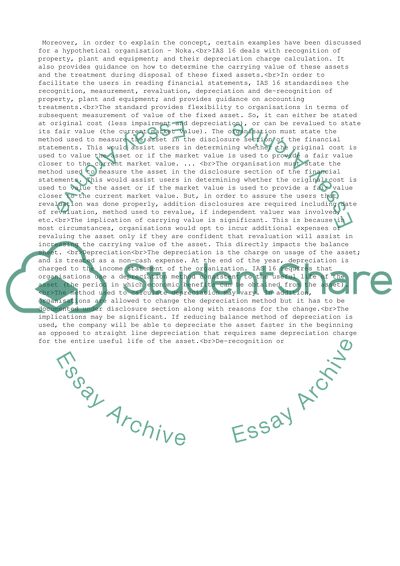Cite this document
(“International Financial Reporting Essay Example | Topics and Well Written Essays - 3250 words”, n.d.)
International Financial Reporting Essay Example | Topics and Well Written Essays - 3250 words. Retrieved from https://studentshare.org/business/1505054-international-financial-reporting
International Financial Reporting Essay Example | Topics and Well Written Essays - 3250 words. Retrieved from https://studentshare.org/business/1505054-international-financial-reporting
(International Financial Reporting Essay Example | Topics and Well Written Essays - 3250 Words)
International Financial Reporting Essay Example | Topics and Well Written Essays - 3250 Words. https://studentshare.org/business/1505054-international-financial-reporting.
International Financial Reporting Essay Example | Topics and Well Written Essays - 3250 Words. https://studentshare.org/business/1505054-international-financial-reporting.
“International Financial Reporting Essay Example | Topics and Well Written Essays - 3250 Words”, n.d. https://studentshare.org/business/1505054-international-financial-reporting.


